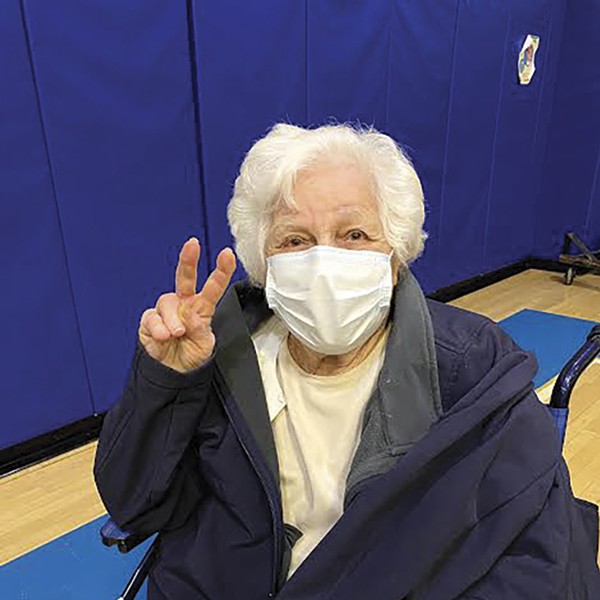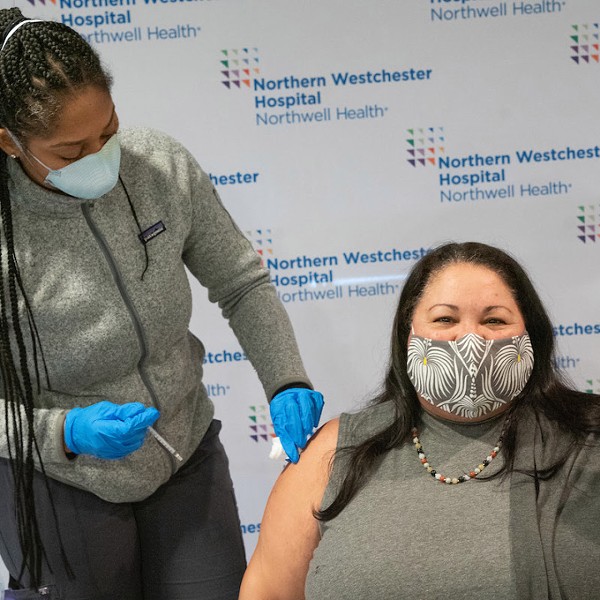Dr. David Rosenthal, Director of Harvard University’s Health Services, brings further clarity to this confusion. Most of these so-called influenza deaths are in fact bacterial pneumonias—not even viral pneumonias—and secondary infections. So, for example, if we are to take the combined figure of influenza and pneumonia deaths during the flu season of 2001, and add a bit of spin to the figures, we are left believing that 62,034 people died from influenza. The actual figures: 61,777 died from pneumonia and only 257 from influenza. Even more amazing, in those 257 cases, only 18 were lab-confirmed as positive for the influenza virus!
H1N1 Tests Overwhelmingly Negative
The CDC states on their main flu Web page that flu activity is increasing in the US, with most states reporting “widespread influenza activity.” The CDC goes on to say, “So far, most flu is 2009 H1N1 flu (sometimes called ‘swine flu’).” But a three-month-long investigation by CBS News revealed some very different facts. CBS reported: “The results reveal a pattern that surprised a number of health care professionals we consulted. The vast majority of cases were negative for H1N1 as well as seasonal flu, despite the fact that many states were specifically testing patients deemed to be most likely to have H1N1 flu, based on symptoms and risk factors, such as travel to Mexico.” According to the CBS News study, when you come down with chills, fever, cough, runny nose, malaise and all those other “flu-like” symptoms, the illness is likely caused by influenza at most 17 percent of the time and as little as 3 percent! The other 83 to 97 percent of the time it’s caused by other viruses or bacteria.
Vaccination Ineffective
Study after study, and master studies that compile the results from several studies to get a more objective result, keep coming to the same conclusion: Flu vaccines do not work, and in many cases do more harm than good.
In fact, before the CDC advocated vaccinating children under the age of five, the number of children dying from [seasonal] flu was very low, and on the decline. Then, in 2003, just after children aged five and under started getting vaccinated, the number of flu deaths skyrocketed. The death toll was enormous compared to the previous year, when the flu vaccine was not administered en masse to that age group!
There’s plenty of scientific evidence available to back up the recommendation to avoid flu vaccines. Here are several examples showing that flu vaccines do not work for any age group:
A study published in the October 2008 issue of the Archives of Pediatric & Adolescent Medicine found that vaccinating young children against the flu had no impact on flu-related hospitalizations or doctor visits during two recent flu seasons. The researchers concluded that “significant influenza vaccine effectiveness could not be demonstrated for any season, age, or setting” examined.
A 2008 study published in the Lancet found that influenza vaccination was not associated with a reduced risk of pneumonia in older people. This supports an earlier study, published in The New England Journal of Medicine.
Research published in the American Journal of Respiratory and Critical Care Medicine also confirms that there has been no decrease in deaths from influenza and pneumonia in the elderly, despite the fact that vaccination coverage among the elderly has increased from 15 percent in 1980 to 65 percent now.
A large-scale, systematic review of 51 studies, published in the Cochrane Database of Systematic Reviews in 2006, found no evidence that the flu vaccine is any more effective than a placebo in children. The studies involved 260,000 children, aged 6 to 23 months.
Last but not least, I think it says a lot that 70 percent of doctors and nurses, and 62 percent of other health care workers do not get the yearly flu shot.
Protect Yourself Without Vaccination
Following these simple guidelines will keep your immune system in optimal working order so that you’re far less likely to acquire flu to begin with.
Optimize your vitamin D levels. As I’ve previously reported, optimizing your vitamin D levels is one of the absolute best strategies for avoiding infections of all kinds, and vitamin D deficiency is likely the true culprit behind the seasonality of the flu—not the flu virus itself. This is probably the single most important and least expensive action you can take. I would strongly urge you to have your vitamin D level monitored to confirm your levels are therapeutic at 50–70 nanograms per milliliter, and done by a reliable vitamin D lab. If you are coming down with flu-like symptoms and have not been on vitamin D you can take doses of 50,000 units a day for three days to treat the acute infection.
















